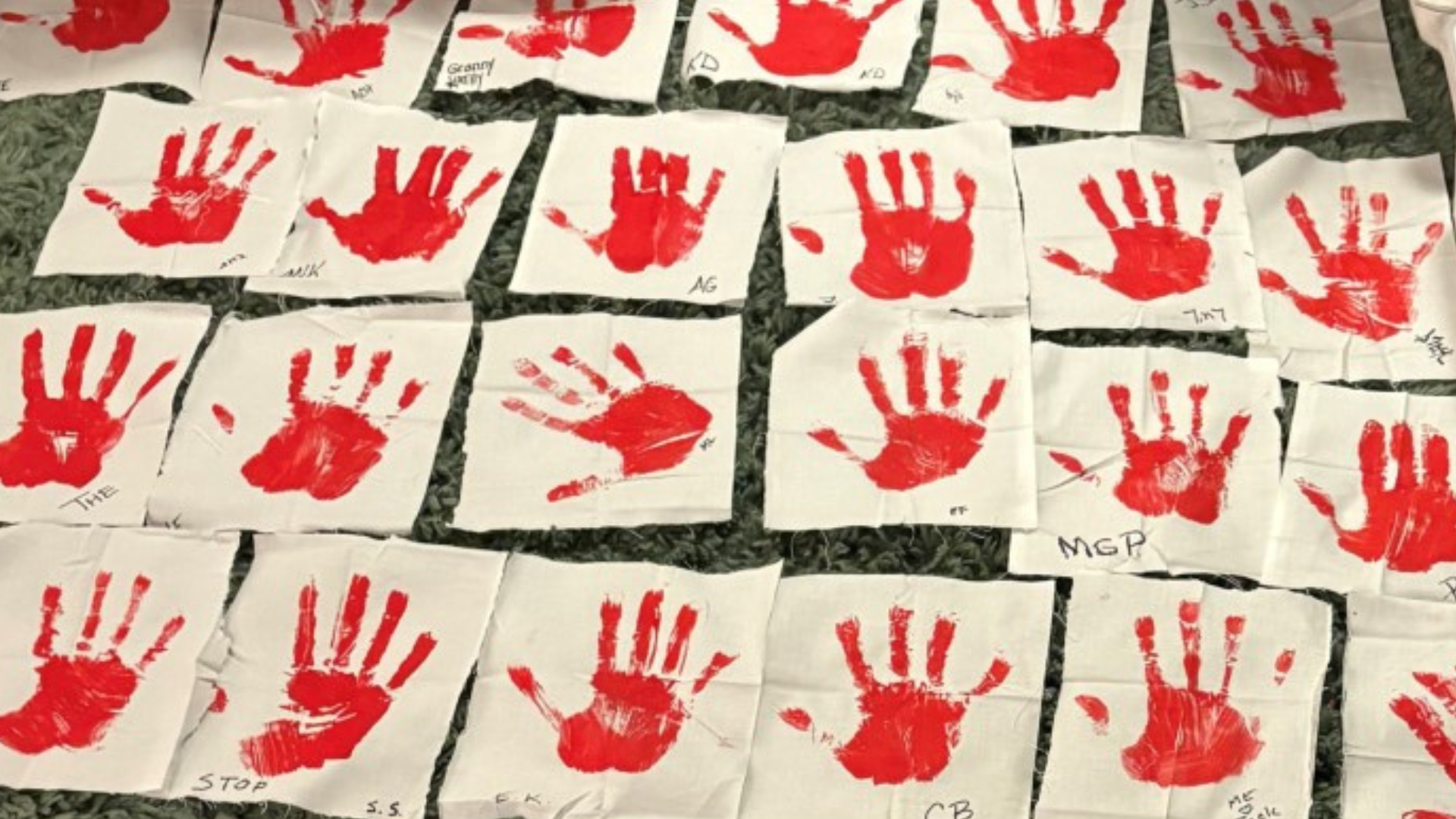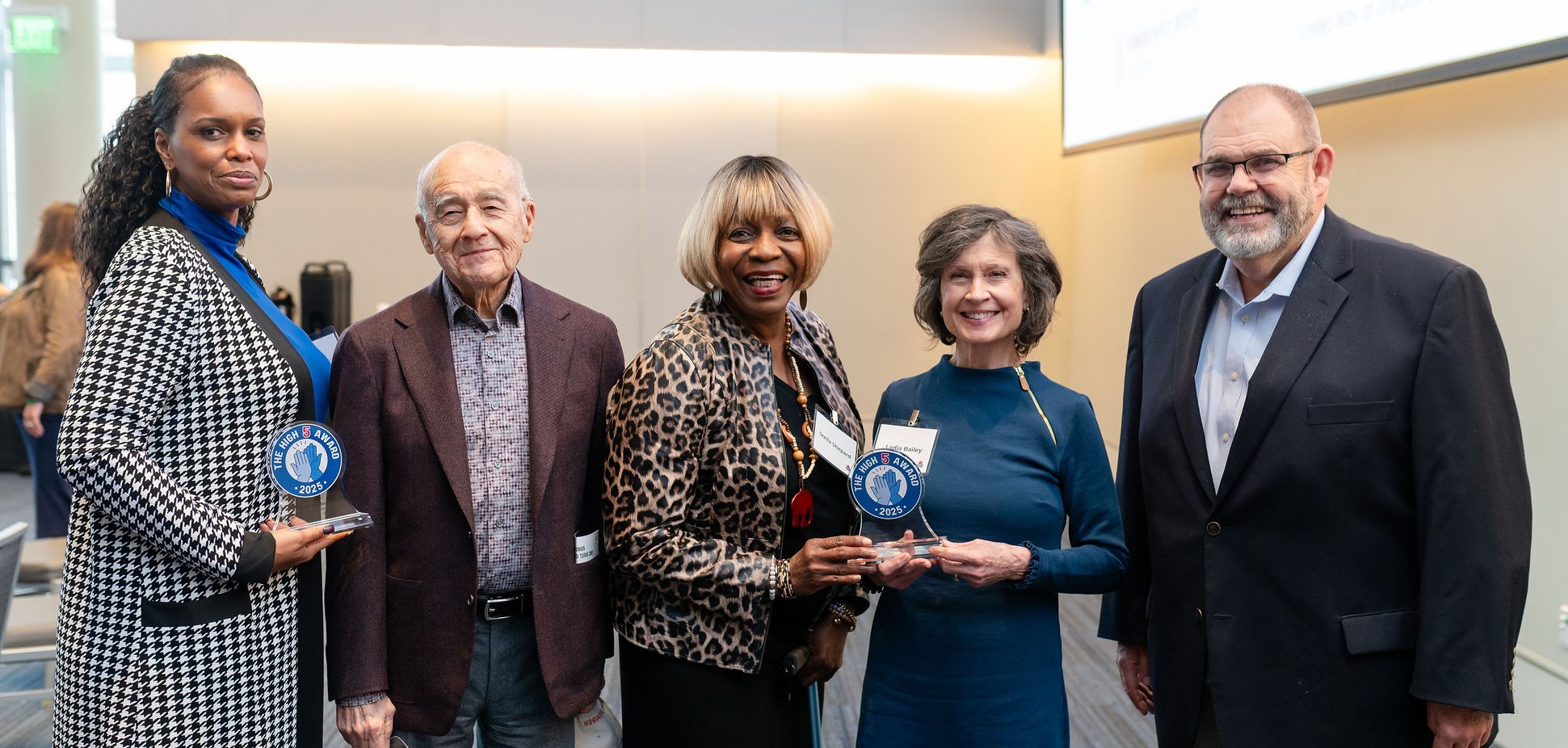As the days of social distancing continue to pass us by, so do the days that the U.S. Census Bureau has left to conduct a complete and accurate count of every person living in the United States. As with many other systems in our society, the COVID-19 pandemic has thrown a wrench in census plans, to say the least.
The further we get from Census Day (April 1, 2020), the harder it is to imagine that a truly accurate count is possible.
Due to the pandemic, the timeline and deliverables of the 2020 Census operations have shifted considerably.

According to officials with the U.S. Census Bureau, they are shifting these plans in order to ensure the safety of their employees and the American public, follow local guidance on COVID-19 and ensure a complete and accurate count. However, the further we get from Census Day (April 1, 2020), the harder it is to imagine that a truly accurate count is possible. There are always challenges counting what the Census Bureau calls “hard-to-count” communities, but it seems that a retroactive count, especially of transient populations such as homeless people and college students, present huge hurdles for accuracy. On the Census’ own timeline for operations, several categories still lack a current timeline and currently read: “Needs further review and coordination with outside partners and stakeholders.” This is a sobering acknowledgement by the Census Bureau that we are living through unprecedented times, and they are not yet sure how all of the pieces of this count will come together.
Additionally, just like with previous adjustments to the timeline, we still don’t yet know if it will be safe or possible for census-takers to go door-to-door at all to conduct the important “Non-Responsive Follow-Up” portion of the operations, although the Bureau is currently planning to begin those operations in August, with a phased approach in different parts of the country, based on local guidance.
Complete the census yourself, if you haven’t already!
Moreover, states require redistricting data in order to meet their own redistricting deadlines. According to the state constitution, Ohio’s state legislative districts need to be drawn by September 1, 2021, and the congressional districts are due by September 30,2021.[1] If Ohio doesn’t receive redistricting data from the Census Bureau until the end of July, we would only have one month to draw state districts, and two months to draw congressional districts, with both processes requiring public hearings and bipartisan support. We have yet to learn whether the Census Bureau intends to release data to states on a rolling basis (prioritizing states with impending deadlines or elections), or whether all data will be released at once at the end of July.
It is important to note that the response rate in Cleveland is still lagging behind the state and nation considerably; we have a long way to go to make sure that everyone in our community is counted.

Those current response rates mean that there are still at least 4.2 million Ohioans and 214,000 Clevelanders who have yet to be counted. We will have to get more creative than ever to reach people who are hard to count (like our neighbors in Detroit have, for example).
Despite these challenges, getting an accurate count is more important than ever. Times of crisis reveal our greatest weaknesses, and robust government response to support individuals during emergencies must rely on accurate population data. The challenge comes in communicating the importance, ease and safety of the census at a time when the American public is preoccupied with a global pandemic. That is where we all come in; we must work together creatively as a community to encourage people to self-respond to the census.
Ways you and your organization can support a complete and accurate census count:
- Be a “Census Hero” – talk to your friends, neighbors and family about completing the census. Post on social media. Think of other creative ways to contact people. They trust you, and you can be an advocate for the census in your community.
- Consider including a call to complete the census in your next newsletter, robocall, or other communication with individuals you serve. https://2020census.gov/ is a great source of information, and it has resources and graphics that you can use in your outreach efforts, including resources that target specific populations. Ohio Census Advocacy Coalition (OCAC) is another great source of resources and information.
- Text “Pledge” or “Question” to 614-295-9592 to create a digital pledge card for yourself and get info and resources on the census. Encourage others to do the same. Share phone numbers with OCAC to be included in their text-to-pledge drive. Contact Erin Davies to get more information.
- Complete the census yourself, if you haven’t already! Each and every one of us needs to be counted.[1] https://www.brennancenter.org/our-work/research-reports/how-changes-2020-census-timeline-will-impact-redistricting








